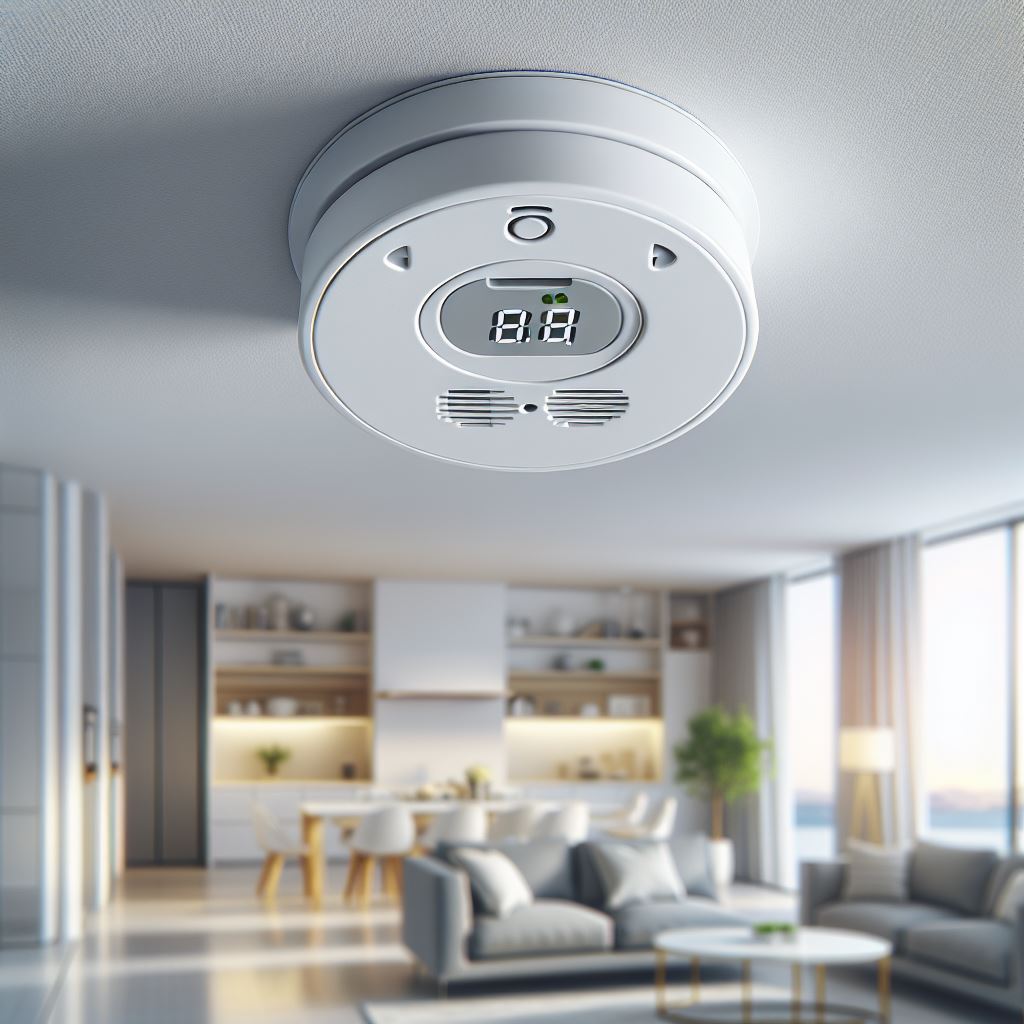Introduction
Carbon monoxide (CO) is a colorless, odorless, and tasteless gas that can be deadly if inhaled in large amounts. It is often referred to as the “silent killer” because it is virtually undetectable without the use of technology. This article will explore the dangers of carbon monoxide, the importance of having carbon monoxide detectors in your home, and how to properly use and maintain these life-saving devices.
The Dangers of Carbon Monoxide
Carbon monoxide is produced by the incomplete combustion of fossil fuels such as natural gas, oil, coal, and wood. Common sources of CO in the home include:
- Gas-powered appliances (e.g., stoves, water heaters, and furnaces)
- Wood-burning stoves and fireplaces
- Car engines
- Portable generators
- Charcoal grills
When inhaled, carbon monoxide binds to hemoglobin in the blood, preventing it from carrying oxygen to cells and tissues. This can lead to serious health effects, including:
- Headaches
- Dizziness
- Weakness
- Nausea and vomiting
- Confusion
- Chest pain
- Loss of consciousness
In severe cases, carbon monoxide poisoning can be fatal. According to the Centers for Disease Control and Prevention (CDC), over 400 people die from unintentional CO poisoning in the United States each year, and thousands more are hospitalized.
Why You Need Carbon Monoxide Detectors
Given the dangers of carbon monoxide, having CO detectors in your home is crucial for several reasons:
- Early Detection: CO detectors can alert you to the presence of carbon monoxide before it reaches dangerous levels, giving you time to evacuate and seek help.
- Peace of Mind: Knowing that you have functioning CO detectors can provide peace of mind, especially when using gas-powered appliances or during power outages when portable generators are in use.
- Legal Requirements: In many places, building codes and regulations require the installation of CO detectors in homes, particularly in sleeping areas and near fuel-burning appliances.
- Protecting Vulnerable Populations: Children, the elderly, and individuals with pre-existing health conditions are more susceptible to CO poisoning. CO detectors help protect these vulnerable groups.
Types of Carbon Monoxide Detectors
There are several types of CO detectors available, each with its own features and benefits:
- Battery-Operated Detectors: These are easy to install and can be placed anywhere in the home. They are not affected by power outages but require regular battery replacement.
- Plug-In Detectors: These detectors plug into electrical outlets and often have battery backup. They are convenient but must be placed near an outlet.
- Hardwired Detectors: These are connected to your home’s electrical system and often have battery backup. They provide continuous monitoring but require professional installation.
- Smart Detectors: These detectors can connect to your home’s Wi-Fi network and send alerts to your smartphone. They often include additional features such as smoke detection and integration with smart home systems.
Proper Placement and Maintenance
To ensure your CO detectors are effective, follow these guidelines for placement and maintenance:
- Placement:
- Install CO detectors on every level of your home, including the basement.
- Place detectors outside each sleeping area and in rooms with fuel-burning appliances.
- Avoid placing detectors near windows, doors, or vents where fresh air could interfere with their operation.
- Maintenance:
- Test your CO detectors monthly by pressing the test button.
- Replace batteries at least once a year, or when the detector indicates low battery.
- Replace the entire detector every 5-7 years, or according to the manufacturer’s recommendations.
- Keep detectors clean and free of dust and debris.
What to Do If Your CO Detector Alarms
If your CO detector alarms, take the following steps immediately:
- Evacuate: Leave the building immediately and move to fresh air.
- Call for Help: Contact emergency services and report the CO alarm.
- Do Not Re-Enter: Do not re-enter the building until it has been inspected and declared safe by professionals.
- Seek Medical Attention: If you or anyone else in the building is experiencing symptoms of CO poisoning, seek medical attention immediately.
Conclusion
Carbon monoxide detectors are essential for protecting your home and family from the dangers of carbon monoxide poisoning. By understanding the risks, choosing the right detectors, and ensuring proper placement and maintenance, you can significantly reduce the risk of CO exposure. Remember, the investment in CO detectors is a small price to pay for the safety and peace of mind they provide.





